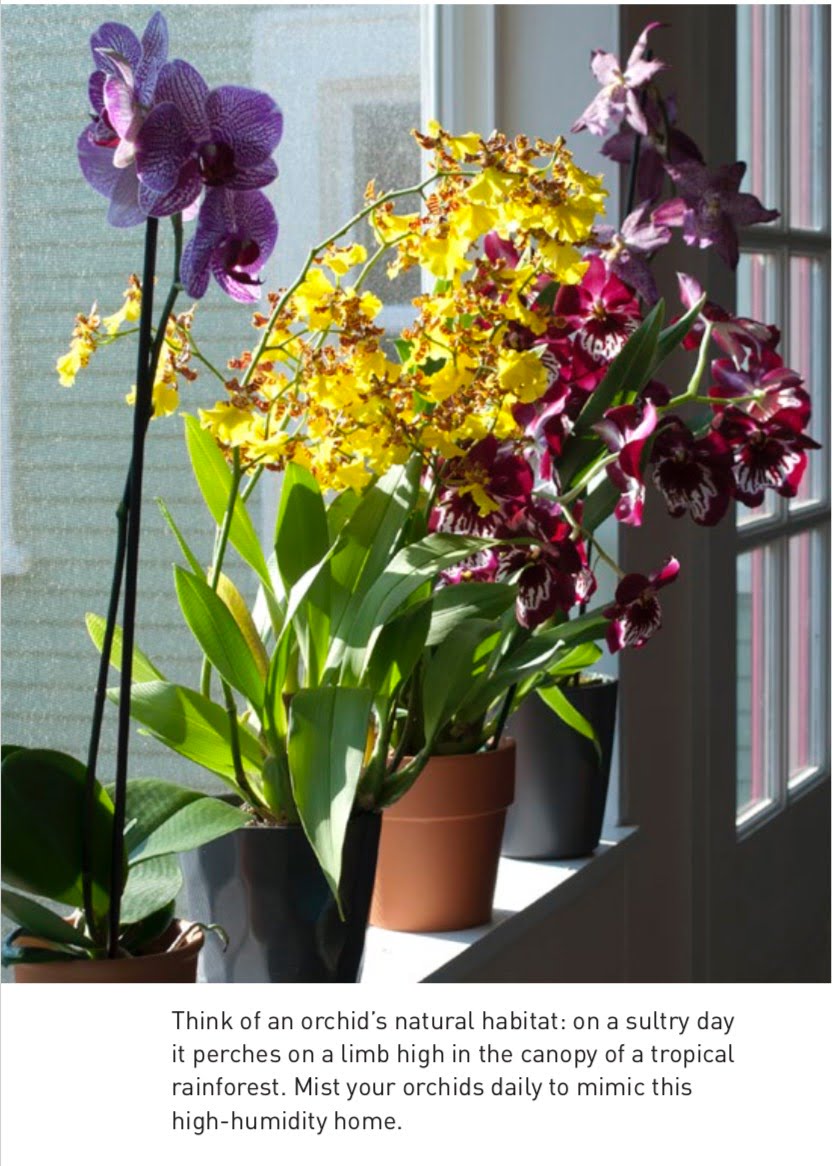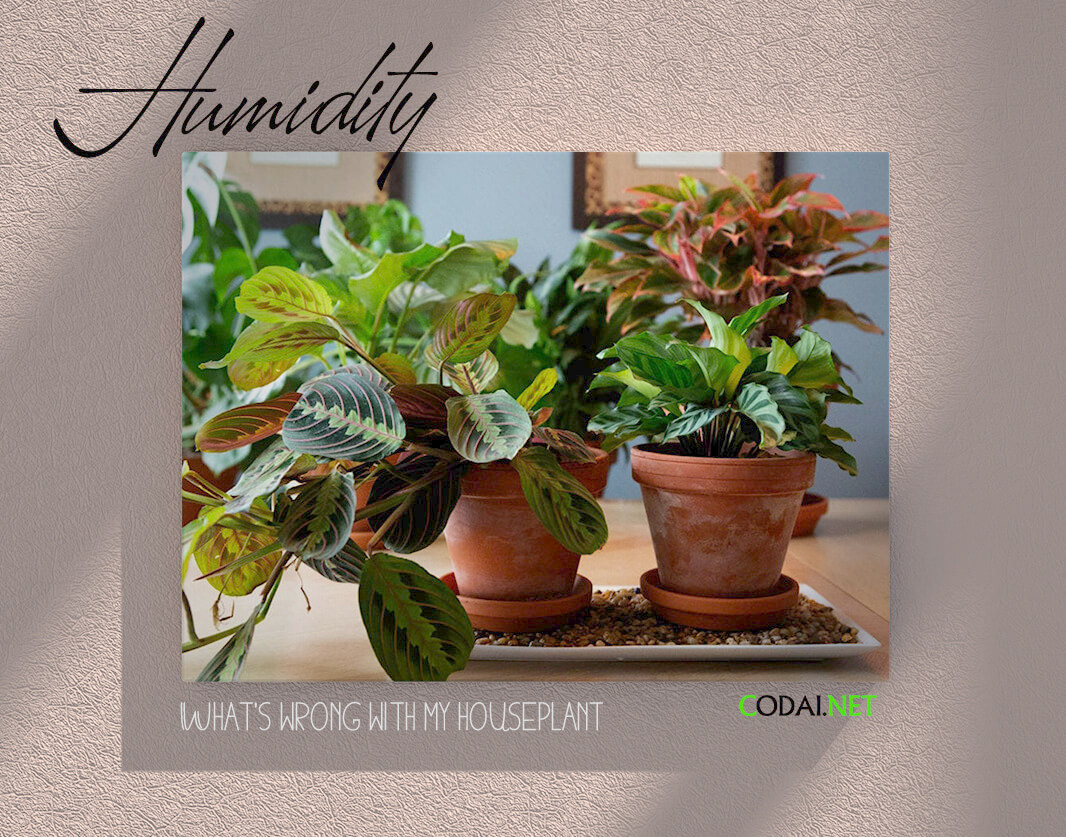[Ebook Việt Hoá] What's wrong with my houseplant (Có vấn đề gì với cây trong nhà của tôi?) - David Deardorff & Kathryn Wadsworth, Độ ẩm
[Ebook Việt Hoá] What’s wrong with my houseplant?: HUMIDITY (Độ ẩm)
- Biên tập: Dũng Cá Xinh
- Người dịch: Hạnh Nguyên
ENGLISH
Water moves through a plant’s body through a process called transpiration. The roots absorb water from the soil, then move it upward through the stem and out into the leaves. Water, as a vapor, moves out of the leaf into the air through special pores called stomates. Losing water through its leaves is a vital and necessary process for your plant. Just as your heart beats to pump blood to every cell in your body, so transpiration bathes every cell in a plant’s body in nutrients carried by water.

If humidity is high a plant loses water more slowly from its leaves. If humidity is low a plant loses water rapidly from its leaves. Two other factors influence this process. First is the availability of water. If your potting medium is adequately moist then the plant is able to mine the soil with its roots for the water it needs. Conversely, if water is not available because you forgot to water and the medium is dry, then your plant can get into trouble quickly. The second factor is ambient air temperature. As the air temperature goes up humidity goes down; as the temperature goes down humidity goes up. Placing your plant too close to a hot air register or other heat source will suck the water right out of the leaves very quickly.
Depending on your climate, dry or humid, you may need to mist your indoor plants about once a week, as we did when we lived in Santa Fe, New Mexico. In the Pacific Northwest, where we live now, many of our plants do not need misting, even in the dry summer months.
TIẾNG VIỆT
Nước di chuyển trong cơ thể thực vật thông qua một quá trình gọi là thoát hơi nước. Rễ hút nước từ đất, sau đó chuyển lên trên qua thân và ra lá. Nước ở dạng hơi thoát ra khỏi lá và đi vào không khí thông qua các lỗ khí đặc biệt được gọi là khí khổng. Thoát nước qua lá là một quá trình quan trọng và cần thiết cho cây. Nó giống như trái tim đập để bơm máu đến mọi tế bào trong cơ thể của bạn. Quá trình thoát hơi nước sẽ đem các chất dinh dưỡng tới mọi tế bào trong cơ thể thực vật.

Nếu độ ẩm cao, cây thoát nước qua lá chậm hơn. Nếu độ ẩm thấp, cây sẽ thoát nước nhanh chóng. Có hai yếu tố khác ảnh hưởng đến quá trình này. Đầu tiên là lượng nước sẵn có. Nếu giá thể của bạn đủ ẩm thì cây có thể đào đất bằng rễ để lấy nước. Ngược lại, nếu không có nước do bạn quên tưới nước và giá thể bị khô thì cây của bạn sẽ nhanh chóng gặp rắc rối. Yếu tố thứ hai là nhiệt độ không khí. Khi nhiệt độ tăng lên, độ ẩm giảm xuống; khi nhiệt độ giảm thì độ ẩm tăng lên. Đặt cây quá gần van điều tiết khí nóng hoặc các nguồn nhiệt khác sẽ khiến cây thoát nước rất nhanh.
Tùy thuộc vào điều kiện khí hậu, khô hoặc ẩm ở chỗ bạn, bạn cần phải phun sương cho cây trong nhà khoảng một lần một tuần như chúng tôi đã làm khi sống ở Santa Fe, New Mexico. Ở Tây Bắc Thái Bình Dương, nơi chúng tôi đang sống hiện nay, nhiều loại cây không cần phun sương ngay cả trong những tháng mùa hè khô hạn.



